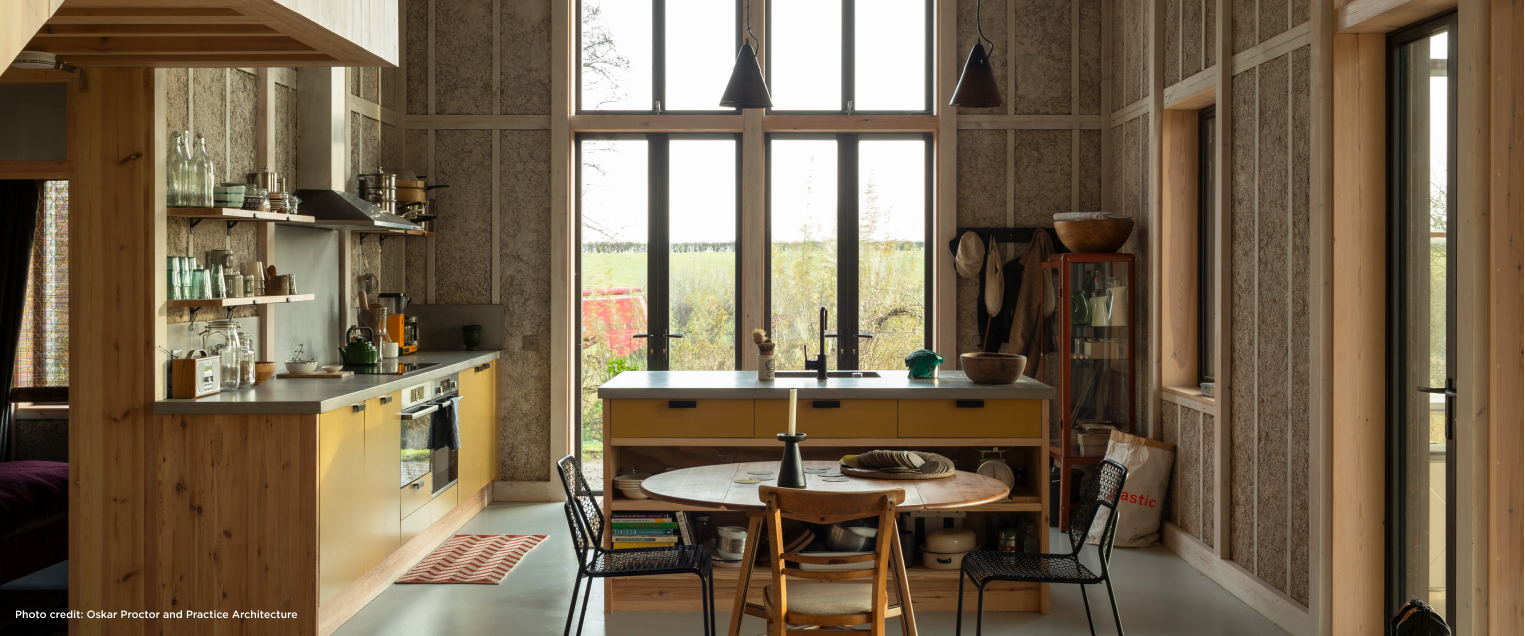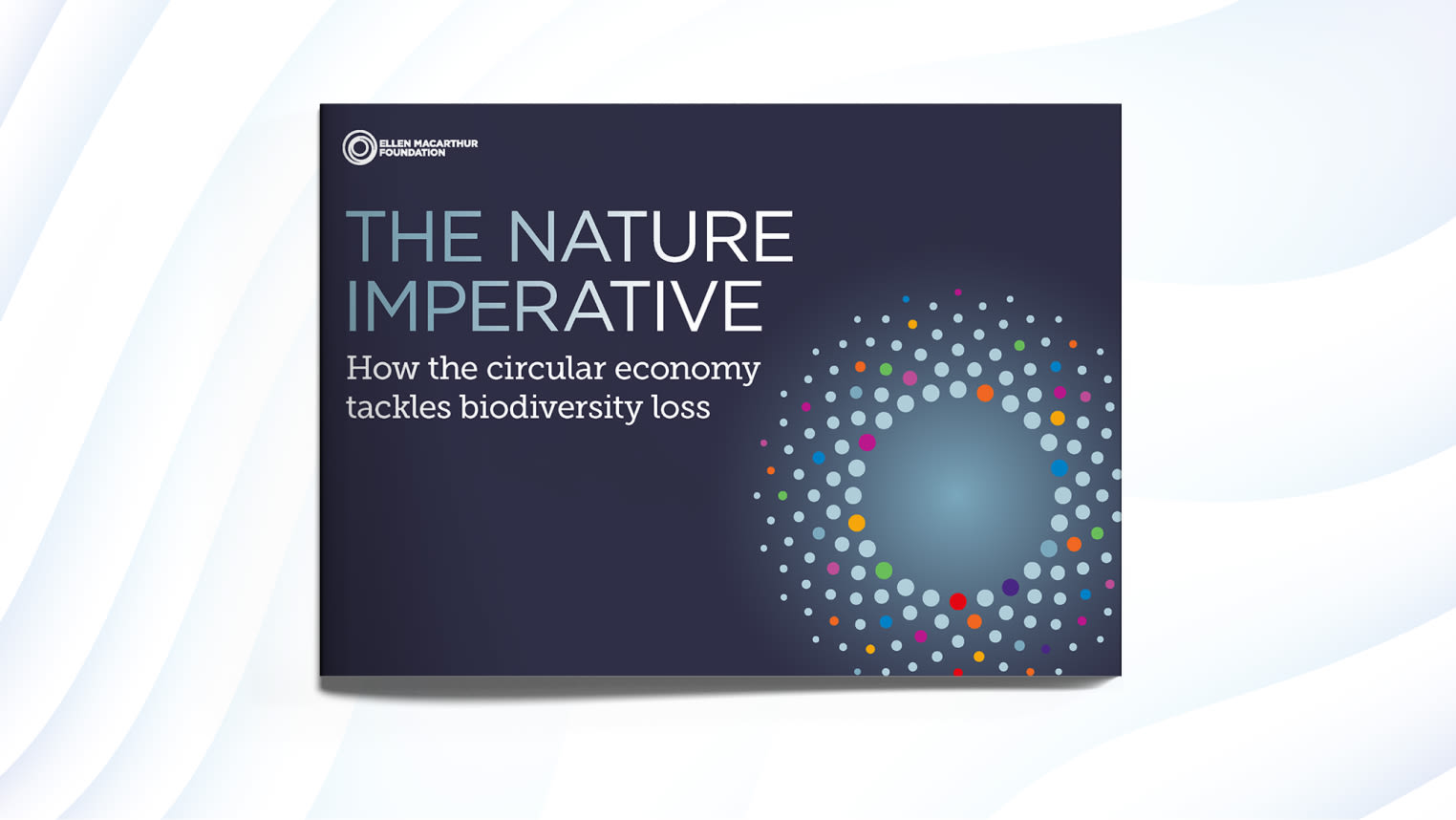Flat House is a 100m2 house designed by Practice Architecture using hemp-based materials as an alternative to the finite resources typically used in the construction industry. Located in Margent Farm, a 21-hectares hemp farming facility in England, the building makes use of the renewable materials grown on-site. Prefabricated timber panels were filled with hempcrete — a mixture of hemp shiv, lime, and water — to create highly insulated walls. The walls were raised into place in two days. Then, hemp fibre-based corrugated sheets were fixed onto the structure. The collaboration needed for the rapid, low-impact construction of this three-bedroom house led to the establishment of Material Cultures, a research organisation working with Margent Farm, Arup, UAL, UCL and others to explore ways to scale up the usage of biobased materials and offsite construction methods in the industry.
Biodiversity benefits
Using hemp instead of concrete as a renewable, low-carbon material allowed for the Flat House to reduce its dependency on the extraction of finite resources like sand and gravel, which are associated with detrimental effects on biodiversity. The renewable materials and offsite construction methods used allowed to radically reduce the building’s embodied carbon. Moreover, hemp captures carbon as it grows, absorbing it from our atmosphere and locking it into biomass. As a result, the project is estimated to have negative annual emissions of –2.32 kgCO2/m².
This page is part of a deep dive into biodiversity and the built environment, where we delve deeper into leaving room for biodiversity by reducing pressures on natural resources.







